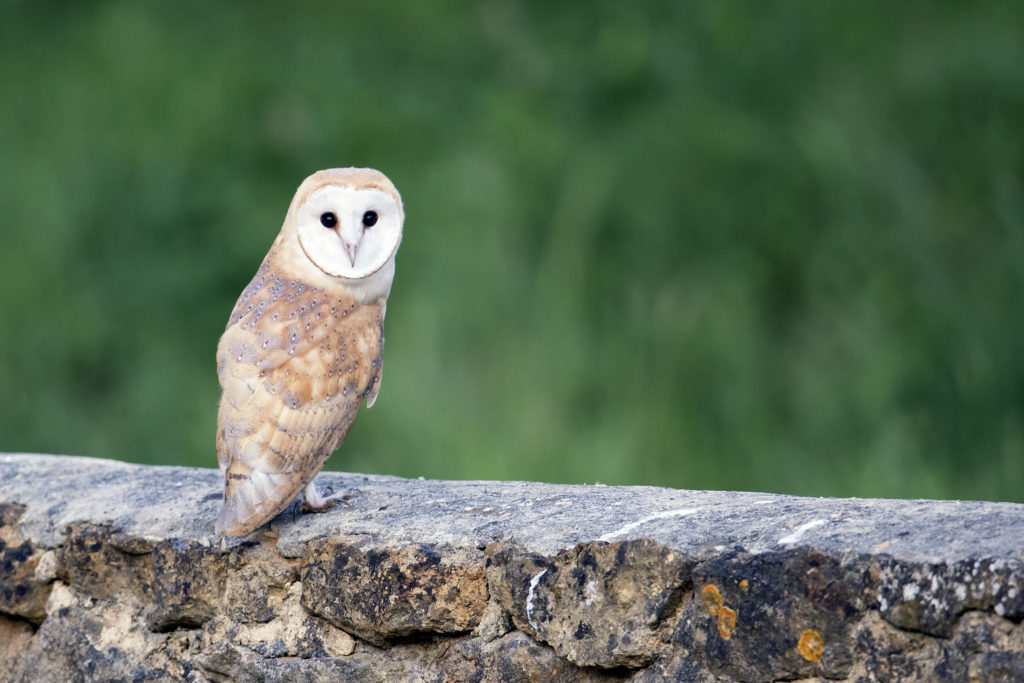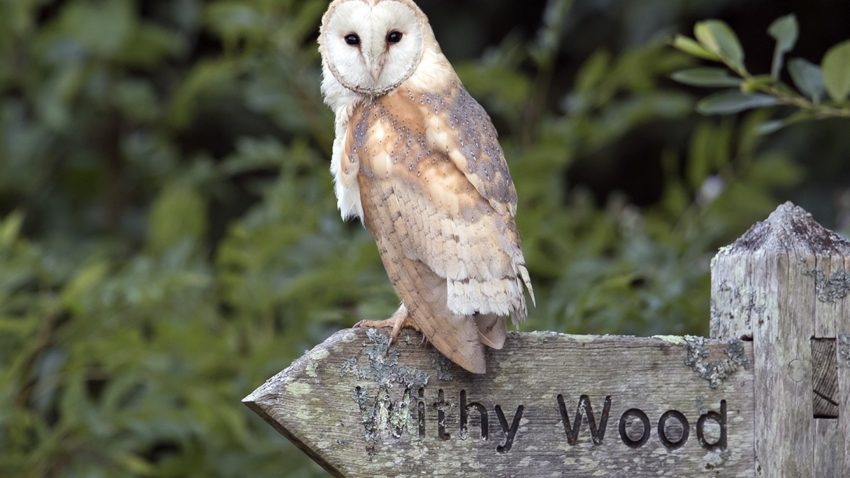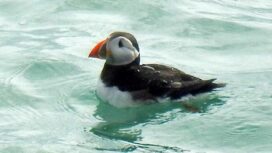Residents are being offered the chance to adopt a barn owl to help protect the “enigmatic, majestic” birds – and experience a “moment with nature” through the Dorset Wildlife Trust’s barn owl webcam.
The trust is working to help prevent the decline of barn owls from the county by ensuring that their habitats remain intact.
It is now offering the opportunity to adopt a barn owl – and the money donated will go towards continuing this work.
On its website, the trust says:
“Barn owls are enigmatic, majestic, and a true sight to behold but have been in decline for many years. Thankfully there are some strongholds in Dorset – including Dorset Wildlife Trust’s Lorton Meadows nature reserve, which is home to two barn owls.
“We work hard to ensure that we provide good quality habitat for barn owls to thrive in, and by adopting a barn owl today, you are helping to ensure this work can continue, through conservation work on nature reserves, and engagement work locally.”

Adopt an owl
Anyone who wants to adopt a barn owl can do so on through Dorset Wildlife Trust Website.
The adoption pack costs £15, with the option to give a further donation of up to £20.
This pack includes a sheet with facts about barn owls and a certificate of adoption.
Watch the barn owls nesting this spring on the webcam
Nature enthusiasts can keep up to date with Dorset’s owls through the trust’s barn owl webcam, which offers a live feed of a pair of nesting barn owls.
Emily Newton, Dorset Wildlife Trust landowner liaison officer, said:
“It’s always a special moment when you see a barn owl; it feels like you are really sharing a moment with nature. We are so lucky to be able to view this pair in their nest and will hopefully get to watch their young develop and leave the nest.
“This year and last, many people have turned to nature for some solace and respite from the stressful circumstances we live in, and Dorset Wildlife Trust are grateful to be able to share these barn owls with the viewers.
“Breeding success for barns owls is dependent on having good plentiful supplies of food to rear their young and grassland fields like the ones at Lorton Meadows are perfect for this, as are some of the rougher grassland sites along the coast and on farmland where farmers specifically manage grass margins in their fields to increase numbers of small mammals.”





